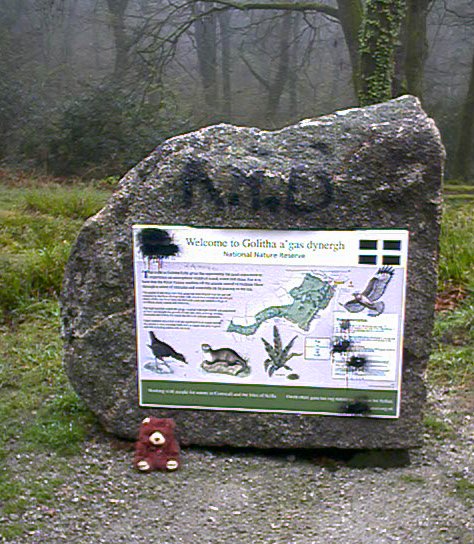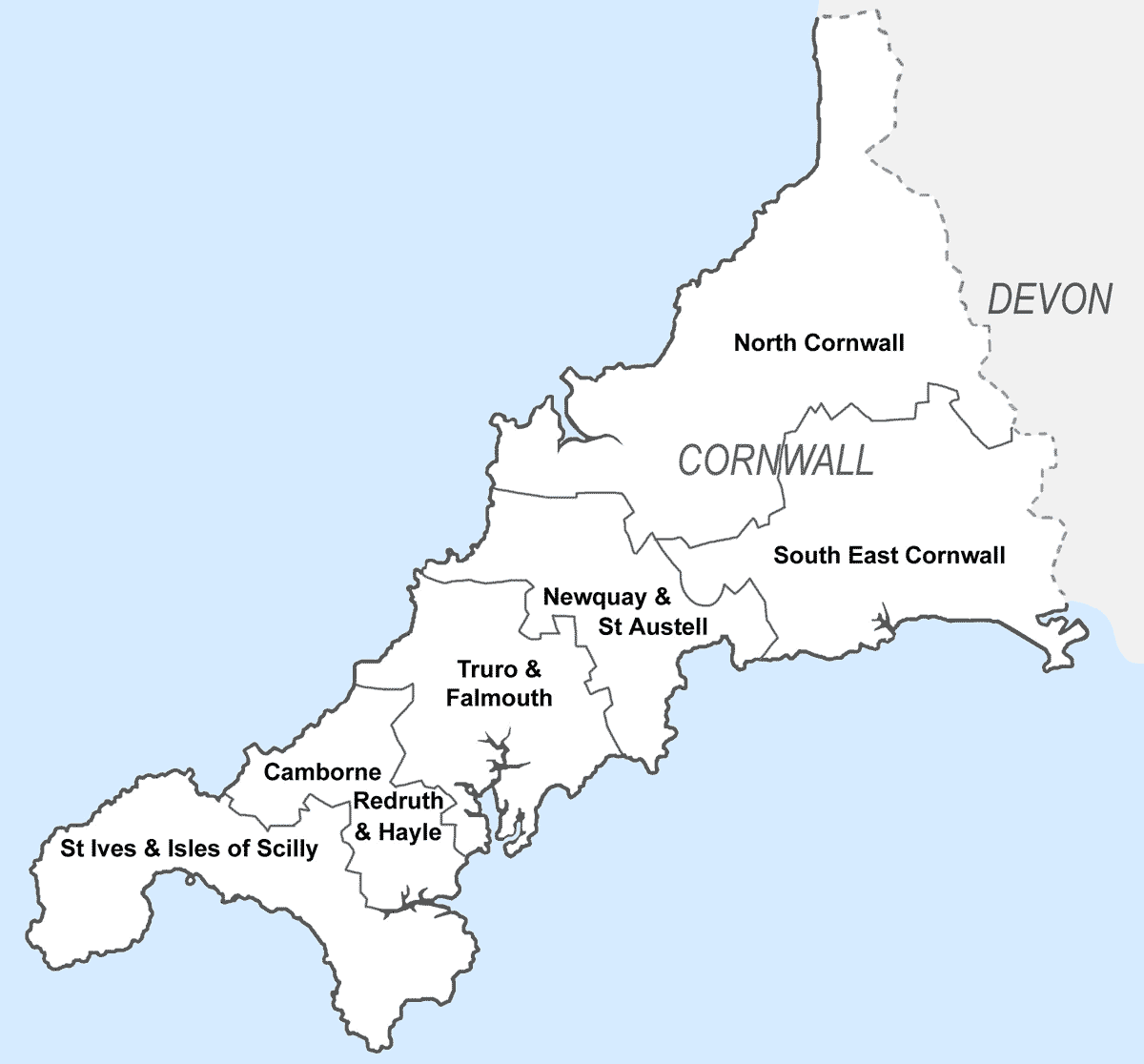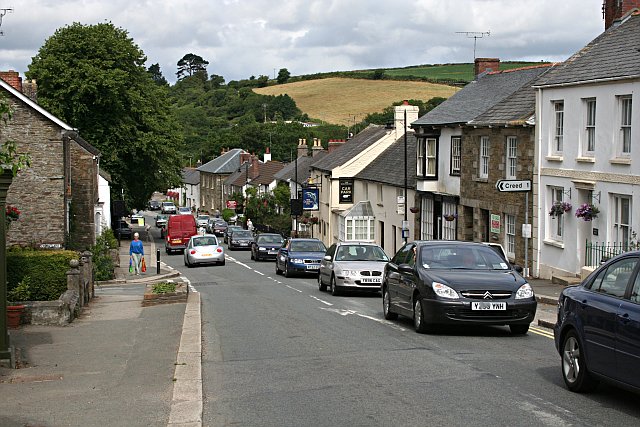|
Lostwithiel
Lostwithiel (; kw, Lostwydhyel) is a civil parish and small town in Cornwall, England, United Kingdom at the head of the estuary of the River Fowey. According to the 2001 census it had a population of 2,739, increasing to 2,899 at the 2011 census. The Lostwithiel electoral ward had a population of 4,639 at the 2011 census. The name Lostwithiel comes from the Cornish "lostwydhyel" which means "tail of a wooded area". Origin of the name The origin of the name Lostwithiel is a subject much debated. In the 16th century it was thought that the name came from the Roman name ''Uzella'', translated as ''Les Uchel'' in Cornish. In the 17th century popular opinion was that the name came from a translation of ''Lost'' (a tail) and ''Withiel'' (a lion), the lion in question being the lord who lived in the castle. Current thinking is that the name comes from the Old Cornish ''Lost Gwydhyel'' meaning "tail-end of the woodland". The view from Restormel Castle looking towards the town sh ... [...More Info...] [...Related Items...] OR: [Wikipedia] [Google] [Baidu] |
Battle Of Lostwithiel
The Battle of Lostwithiel took place over a 13-day period from 21 August to 2 September 1644, around the town of Lostwithiel and along the River Fowey valley in Cornwall during the First English Civil War. A Royalist army led by Charles I of England defeated a Parliamentarian force commanded by the Earl of Essex. Although Essex and most of the cavalry escaped, between 5,000 and 6,000 Parliamentarian infantry were forced to surrender. Since the Royalists were unable to feed so many, they were given a pass back to their own territory, arriving in Southampton a month later having lost nearly half their number to disease and desertion. Considered one of the worst defeats suffered by Parliament over the course of the Wars of the Three Kingdoms, it secured South West England for the Royalists until early 1646. Background During April and May 1644, Parliamentarian commanders Sir William Waller and the Earl of Essex combined their armies and carried out a campaign against King Charle ... [...More Info...] [...Related Items...] OR: [Wikipedia] [Google] [Baidu] |
Lostwithiel Railway Station
Lostwithiel railway station serves the town of Lostwithiel in Cornwall, England. It is from via . Great Western Railway operates the station along with every other station in Cornwall. The station is on the banks of the River Fowey in Cornwall. At the east end of the station is a level crossing while at the west end the line is carried over the river, beyond which is the junction for the Fowey branch which is now used by china clay trains only. Between the station and the river stand the remains of the Cornwall Railway workshops, converted and extended in 2004 as a housing development. Lostwithiel's famous medieval bridge is just outside the station, with the town on the opposite bank of the river. History The station opened with the Cornwall Railway on 4 May 1859. A report at the time claimed that it "is generally admitted to be the handsomest station on the line, and looks as gay and bright as fresh paint can make it. It consists, first, of a departure station, a wooden b ... [...More Info...] [...Related Items...] OR: [Wikipedia] [Google] [Baidu] |
Lostwithiel (UK Parliament Constituency)
Lostwithiel was a rotten borough in Cornwall which returned two Members of Parliament to the House of Commons in the English and later British Parliament from 1304 to 1832, when it was abolished by the Great Reform Act. History The borough consisted of the town of Lostwithiel and part of the neighbouring Lanlivery parish; it was a market town whose trade was mainly dependent on the copper mined nearby. Unlike many of the most notorious Cornish rotten boroughs, Lostwithiel had been continuously represented since the Middle Ages and was originally of sufficient size to justify its status. However, by the time of the Great Reform Act it had long been a pocket borough, under the complete control of the Earls of Mount EdgcumbePage 144, Lewis Namier, ''The Structure of Politics at the Accession of George III ''The Structure of Politics at the Accession of George III'' was a book written by Lewis Namier. At the time of its first publication in 1929 it caused a historiographical revo ... [...More Info...] [...Related Items...] OR: [Wikipedia] [Google] [Baidu] |
St Bartholomew's Church, Lostwithiel
St Bartholomew's Church is a parish church of the Church of England Diocese of Truro in Lostwithiel, Cornwall, England, United Kingdom. Background The earliest part of the church is the tower which dates from the 13th century. The spire was added in the early 14th century, and the rest of the church dates from the later 14th century. The spire has an octagonal screen around its foot, with former windows on four of its eight sides. Built of Pentewan stone, is the outstanding feature of this sizable town church. The north side has a St Catherine's Wheel. Unusually for a Cornish church there is a clerestory above the nave. There are some fine monuments of Georgian period and a brass of 1423. The east window of five lights is one of the most notable in Cornwall, of the same date as the spire. The early fourteenth century font is outstanding, with carved figures of a huntsman and hawk, a head with leaves sprouting from its mouth, an evil face, a wolf and hounds, and lions. The church ... [...More Info...] [...Related Items...] OR: [Wikipedia] [Google] [Baidu] |
Lostwithiel Stannary Palace
The Stannary Palace, also known as the Duchy Palace, circa 1265–1300, was a complex of buildings constructed by the Earls of Cornwall as the centre of their administration. The surviving exchequer hall is reputed to be the oldest non-ecclesiastical building in Cornwall. The much larger great hall, of which large parts remain, was built as a replica of Westminster Hall. Its original function was as a court and place of taxation dealing with the Cornish tin industry. The Earls of Cornwall and later, after 1337, the Dukes of Cornwall had their residence at Restormel Castle so the original name would have been the Stannary Hall or the Great Hall of Lostwithiel. After 1337 it was sometimes referred to as the Duchy Palace. In 1265 Richard, Earl of Cornwall, second son of King John and brother of King Henry III, acquired Restormel Castle, the Borough of Lostwithiel and the town of Fowey, from the de Cardinan family. During this period Lostwithiel was the most important port of Co ... [...More Info...] [...Related Items...] OR: [Wikipedia] [Google] [Baidu] |
River Fowey
The River Fowey ( ; kw, Fowi) is a river in Cornwall, England, United Kingdom. It rises at Fowey Well (originally kw, Fenten Fowi, meaning ''spring of the river Fowey'') about north-west of Brown Willy on Bodmin Moor, not far from one of its tributaries rising at Dozmary Pool and Colliford Lake, passes Lanhydrock House, Restormel Castle and Lostwithiel, then broadens below Milltown before joining the English Channel at Fowey. The estuary is called Uzell ( kw, Usel, meaning ''howling place''). It is only navigable by larger craft for the last . There is a ferry between Fowey and Bodinnick. The first road crossing going upstream is in Lostwithiel. The river has seven tributaries, the largest being the River Lerryn. The section of the Fowey Valley between Doublebois and Bodmin Parkway railway station is known as the Glynn Valley ( kw, Glyn, meaning ''deep wooded valley''). The valley is the route of both the A38 trunk road and the railway line (built by the Cornwall Railw ... [...More Info...] [...Related Items...] OR: [Wikipedia] [Google] [Baidu] |
First English Civil War
The First English Civil War took place in England and Wales from 1642 to 1646, and forms part of the 1639 to 1653 Wars of the Three Kingdoms. They include the Bishops' Wars, the Irish Confederate Wars, the Second English Civil War, the Anglo-Scottish war (1650–1652) and the 1649 to 1653 Cromwellian conquest of Ireland. Historians estimate that between 15% to 20% of all adult males in England and Wales served in the military between 1639 to 1653, while around 4% of the total population died from war-related causes. This compares to a figure of 2.23% for World War I, which illustrates the impact of the conflict on society in general and the bitterness it engendered. Conflict over the role of Parliament and religious practice dated from the accession of James VI and I in 1603. These tensions culminated in the imposition of Personal Rule in 1629 by his son, Charles I, who finally recalled Parliament in April and November 1640. He did so hoping to obtain funding that would en ... [...More Info...] [...Related Items...] OR: [Wikipedia] [Google] [Baidu] |
Restormel Castle
Restormel Castle ( kw, Kastel Rostorrmel) lies by the River Fowey near Lostwithiel in Cornwall, England, UK. It is one of the four chief Norman castles of Cornwall, the others being Launceston, Tintagel and Trematon. The castle is notable for its perfectly circular design. Although once a luxurious residence of the Earl of Cornwall, the castle was all but ruined by the 16th century. It was briefly reoccupied and fought over during the English Civil War but was subsequently abandoned. It is now in the care of English Heritage and open to the public. Architecture Located on a spur of high ground overlooking the River Fowey, Restormel Castle is an unusually well-preserved example of a circular shell keep, a rare type of fortification built during a short period in the 12th and early 13th centuries. Only 71 examples are known in England and Wales, of which Restormel Castle is the most intact. Such castles were built by converting a wooden motte-and-bailey castle, where the externa ... [...More Info...] [...Related Items...] OR: [Wikipedia] [Google] [Baidu] |
South East Cornwall (UK Parliament Constituency)
South East Cornwall is a constituency represented in the House of Commons of the UK Parliament since 2010 by Sheryll Murray, a Conservative. Boundaries 1983–2010: The District of Caradon, the Borough of Restormel wards of Fowey, Lostwithiel, St Blaise, and Tywardreath, and the District of North Cornwall ward of Stoke Climsland. 2010–present: The District of Caradon, and the Borough of Restormel ward of Lostwithiel. History The predecessor county division, Bodmin, serving the area from 1885 until 1983 had (during those 98 years) 15 members (two of whom had broken terms of office serving the area), seeing twelve shifts of preference between the Liberal, Liberal Unionist and Conservative parties, spread quite broadly throughout that period. Consistent with this, since 1983 the preference for an MP has alternated between Liberal Democrats and Conservatives. The current constituency territory contains the location of several former borough constituencies which were abol ... [...More Info...] [...Related Items...] OR: [Wikipedia] [Google] [Baidu] |
A390 Road
The A390 is a road in Cornwall and Devon, England. It runs from Tavistock to north west of the city of Truro. Starting in Tavistock, it heads south-westwards towards Liskeard, crossing over the River Tamar and into Cornwall, then through Gunnislake and Callington. Immediately before Liskeard, it merges with the A38 north of the town. It diverges from the A38 at Dobwalls, where it then runs in a south-westerly direction to Truro via Lostwithiel, St. Blazey, and St Austell. It then forms an upside down elongated square loop, and bypasses Truro City Centre. It then heads north west out of the city, where it forms the main corridor into Truro from the west. It passes the Royal Cornwall Hospital and skirts the village of Threemilestone, before linking up with the A30 road at Chiverton Cross, where the A390 terminates. Chiverton Cross is where the A390 trunk road from Truro and the B3277 to St Agnes meet the east–west A30 trunk road. Before the A390 was rerouted away from Chac ... [...More Info...] [...Related Items...] OR: [Wikipedia] [Google] [Baidu] |
Jaques Bagratuni
Prince Jaques Bagratuni (, ; 25 August 1879 – 23 December 1943) was an Armenian prince and military commander. He was a Major General of the Russian Empire and First Republic of Armenia during World War I, and later became the Ambassador of Armenia to England. Early life Jaques Bagratuni was born on 25 August 1879 in Akhaltsikhe, Russian Empire to a noble family. His family is descended from the Bagratuni dynasty of former kings of Armenia in the Middle Ages. He graduated from the Tiflis gymnasium in 1898 with honors, from the Kiev Military School in 1900, and from the Nicholas General Staff Academy in 1907. Military career Bagratuni served as an officer in Warsaw and successfully completed an important task in the intelligence of Persia. He became a lieutenant in 1904 and that same year he entered the Academy of the General Staff, but in early 1905 his teaching was interrupted and he went to the front of the Russian-Japanese War. Bagratuni commanded a company in the 19th Eas ... [...More Info...] [...Related Items...] OR: [Wikipedia] [Google] [Baidu] |
Cornwall
Cornwall (; kw, Kernow ) is a historic county and ceremonial county in South West England. It is recognised as one of the Celtic nations, and is the homeland of the Cornish people. Cornwall is bordered to the north and west by the Atlantic Ocean, to the south by the English Channel, and to the east by the county of Devon, with the River Tamar forming the border between them. Cornwall forms the westernmost part of the South West Peninsula of the island of Great Britain. The southwesternmost point is Land's End and the southernmost Lizard Point. Cornwall has a population of and an area of . The county has been administered since 2009 by the unitary authority, Cornwall Council. The ceremonial county of Cornwall also includes the Isles of Scilly, which are administered separately. The administrative centre of Cornwall is Truro, its only city. Cornwall was formerly a Brythonic kingdom and subsequently a royal duchy. It is the cultural and ethnic origin of the Cornish dias ... [...More Info...] [...Related Items...] OR: [Wikipedia] [Google] [Baidu] |







